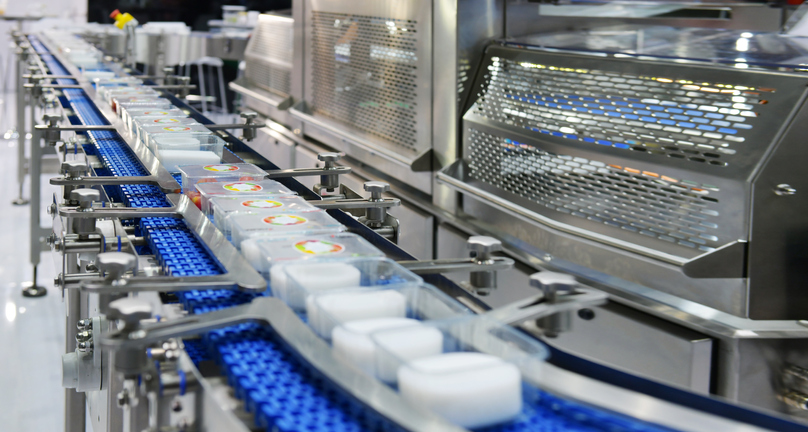The Point of Product Development: Barrier to mass production

I would like to introduce the major difference between prototype and mass production, and the barrier to mass production.
1. Difference between prototype and mass production
When a prototype has been created and the design has been completed, various preparations are necessary in order to proceed with the product for mass production. It’s not simply “enthusiasm, raise funds and start mass production!” There is a hurdle so-called “barrier to mass production” from the step of prototype to mass production.
So, what is the major difference between prototype and mass production?
The point of mass production is to manufacture in a well-established manufacturing environment that can manufacture multiple products of the same quality.
A prototype is a deliverable produced for a certain design purpose. The purpose is often to verify the design. This is called “design validation work.” The purpose is to make the design into actual shape to try to identify the design problems on the CAD software. However, the number of prototypes produced is often one or a small amount, and the products are manufactured to meet the purpose of design verification. Therefore, cost is, in a sense, being disregarded.
Unlike prototype, mass production involves production of multiple manufactured products in which the design has been completed and specifications have been finalized. It goes to market as a product for sale. Thus, of course, the promised conditions for quality are required. The quality must be maintained while producing all the products. In short, it is important to “make the same thing with the same quality.” Moreover, the important point is that you have to control the costs. Maintain the quality and manufacture at a fixed cost.
It is important to recognize this difference first.
2. What is mass production design?
There are two major phases in design. One is “prototype design.” The other is “mass production design.”
“Prototype design” is a design that builds the structure and function of a product and brings it to a complete state. When this design work is completed, it is possible to make prototype products based on the design values.
“Mass production design” is the design phase in which the design values are reviewed to facilitate mass production in order to mass produce products that have been completed with prototype design. This is called “establishment of mass production.” When manufacturing individual parts, the people who manufacture the parts arrange the materials, manufacture jigs and dies for processing, adjust the settings of the machines that process the parts, organize work procedures, decide inspection items, set packaging forms and delivery method, and then start the work of mass production. It would be desirable to do all this at the lowest possible cost.
Manufacture at a low cost, in other words, is not difficult to achieve. It must be possible to have materials that are easily available, dies that can be easily manufactured, hassle-free machine adjustments, easy work procedures, unstrict quality conditions, and easy-to-transport packaging. The review of changing the contents of the prototype design to meet these conditions is called “mass production design.”

